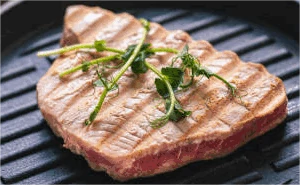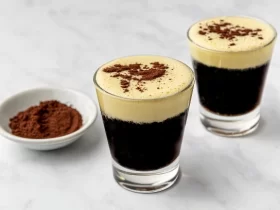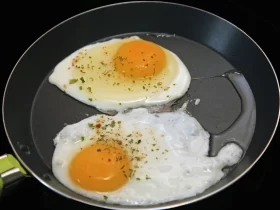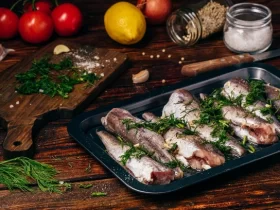Frying a steak seems simple enough: heat the pan, sear the meat, and voila! However, achieving that perfect steak can be elusive, often marred by common pitfalls that even experienced cooks encounter. In this guide, we’ll explore the most frequent problems encountered when frying steak and provide practical tips on how to sidestep them, ensuring your steak turns out succulent, flavorful, and cooked to perfection every time.
- Uneven Cooking:
One of the most common issues when frying steak is achieving uneven cooking, where one part of the steak is overdone while another remains undercooked. This can happen due to a variety of reasons, including inconsistent thickness of the steak, inadequate pan heating, or improper flipping technique.
How to Avoid It:
- Invest in steaks that are uniform in thickness to promote even cooking.
- Allow your steak to come to room temperature before cooking to ensure it cooks evenly.
- Preheat your pan thoroughly over medium-high heat to create a consistent cooking surface.
- Flip the steak only once during cooking to prevent excessive heat loss and ensure even searing on both sides.

- Dry, Tough Texture:
Another common problem is ending up with a steak that’s dry and tough instead of juicy and tender. This can be disappointing, especially after all the effort put into preparing the meal.
How to Avoid It:
- Choose well-marbled cuts of steak, such as ribeye or strip loin, as they contain more intramuscular fat, enhancing juiciness and tenderness.
- Avoid overcooking the steak. Use a meat thermometer to monitor the internal temperature and remove the steak from the heat when it reaches your desired level of doneness.
- Let the steak rest for a few minutes after cooking to allow the juices to redistribute evenly throughout the meat, ensuring a juicy bite with every slice.

- Burnt Exterior, Raw Interior:
Achieving a perfectly seared exterior without overcooking the interior can be challenging. It’s not uncommon to end up with a steak that’s burnt on the outside while still raw or undercooked on the inside.
How to Avoid It:
- Pat the steak dry with paper towels before cooking to remove excess moisture, which can inhibit proper searing.
- Use a high smoke point oil with a neutral flavor, such as vegetable or grapeseed oil, to coat the pan and prevent burning.
- Adjust the heat as needed during cooking to prevent the exterior from burning before the interior reaches the desired level of doneness.

- Flavorless Steak:
Sometimes, despite your best efforts, the steak lacks flavor, leaving you underwhelmed by the final result.
How to Avoid It:
- Season the steak generously with salt and pepper or your favorite seasoning blend before cooking to enhance its natural flavor.
- Consider marinating the steak for a few hours or overnight to infuse it with additional flavor. Marinades containing ingredients like garlic, herbs, and citrus can work wonders.
- Don’t forget to season the steak again with a sprinkle of salt just before serving to accentuate its flavors further.

Frying the perfect steak requires attention to detail and an understanding of common pitfalls that can affect the outcome. By following the tips outlined in this guide, you can avoid these pitfalls and elevate your steak-frying skills to new heights. With practice and patience, you’ll soon be serving up delicious, restaurant-quality steaks in the comfort of your own kitchen.
If you want more information on food and recipes, keep following us: https://www.bygoody.com/










Leave a Reply